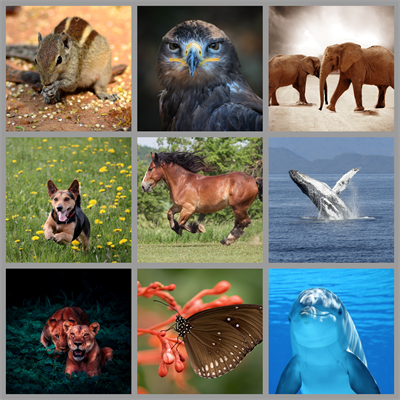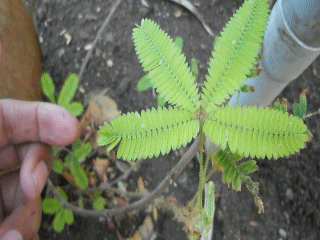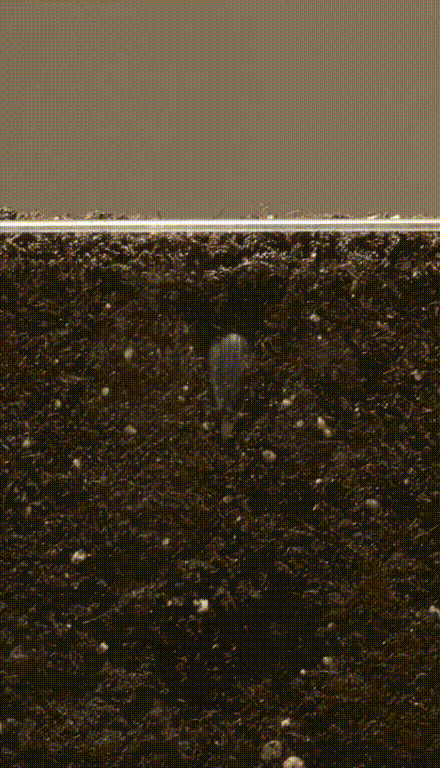
PUMPA - SMART LEARNING
எங்கள் ஆசிரியர்களுடன் 1-ஆன்-1 ஆலோசனை நேரத்தைப் பெறுங்கள். டாப்பர் ஆவதற்கு நாங்கள் பயிற்சி அளிப்போம்
Book Free DemoControl and coordination in plants:
Recall what you have learnt about plants. So far, from the lower grades, we learnt about plants. We know that just like animals, they too grow, react to stimulus, and perform various physiological functions.
But have you thought of it that how these processes occur with synchronization?
Unlike animals, plants lack a nervous system that helps control and coordinate these physiological processes. Then what factors control and blend them?
The control and coordination in plants are performed by chemical substances known as hormones.
Movement in plants
As we have learned in our earlier classes, animals are the organisms that move in search of food, shelter and reproduction. We now know why they have special locomotory structures that help them in movement and locomotion. So far, we have learned that that plants do not move, as they lack locomotory structures.
But, do you know that certain plants also show movements?
Recall about the movements showed by plants from the topic Life processes in plants. In this topic we will discuss about them in detail.

Plants and animals together in an ecosystem
Many plant hormones are responsible for various kinds of movements in plants.
Few plants that show movements:
- Mimosa pudica (touch-me-not plant or chhui-mui) is a plant that fold up and droop on touching.

- As we have observed there is no growth associated with this movement.
- The movement of a seedling is directional unlike the previous one and is associated with growth.

Germination of a seed
Seed germinates and grows into a plant by pushing the soil aside. If there is no growth of the plant, there will be no movement of it. In plants, movement indicates the plant's growth, whereas, in animals, movement is not solely for growth.Based on this plants show two different types of movements:
Movement in plants strictly occurs only as a response to stimuli. External stimuli trigger these various movements shown by these plants. As we know, plants cannot move on their own like animals from one place to another, but they can move their body parts for getting sunlight, water and nutrients as they are sensitive to external factors like, light, gravity, temperature, etc.
- Tropic movement
- Nastic movement
Reference:
https://upload.wikimedia.org/wikipedia/commons/f/fe/Mimosa_Pudica.gif
https://upload.wikimedia.org/wikipedia/commons/c/c7/Sunflower_growing_time_lapse.gif